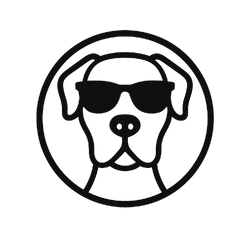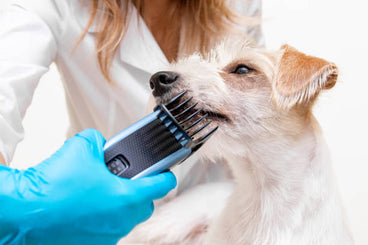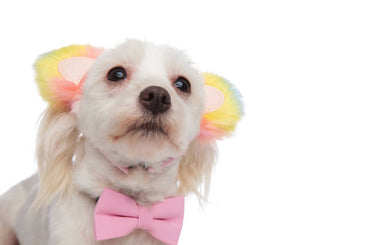Regular brushing isn’t just about keeping your dog looking neat—it’s a key part of their health. Many pet parents are surprised to learn that a good brushing routine can improve both skin condition and coat shine. In this guide, we’ll explain how brushing benefits your dog’s health and how often you should do it based on their breed and coat type.
How does brushing help your dog’s skin?
Brushing stimulates blood circulation near the skin, which promotes the natural production of oils. These oils keep your dog’s skin moisturized and help prevent dry, flaky patches. It also removes dirt, allergens, and dead skin cells that could irritate your dog over time.
- Boosts healthy oil production
- Reduces buildup of dander and loose skin
- Improves overall blood flow to the skin surface
Shop Skin-Friendly Dog Brushes
Can brushing make your dog’s coat shinier?
Yes! When you brush your dog regularly, you distribute natural oils from the skin throughout the fur. These oils add shine, reduce dryness, and protect the coat from environmental damage. A dull coat often means oils are trapped near the skin instead of spread evenly.
- Encourages a glossy, healthy-looking coat
- Prevents greasy buildup at the roots
- Protects the outer coat from sun and dust
Shop Shine-Boosting Grooming Tools
Does brushing help reduce shedding?
Brushing helps manage shedding by removing loose hair before it ends up on your floors, furniture, and clothes. It’s especially helpful during seasonal shedding months. By brushing consistently, you’ll not only keep your home cleaner—you’ll help your dog stay comfortable.
- Removes loose undercoat fur
- Prevents tangles that trap dead hair
- Minimizes hairballs (especially in long-haired breeds)
What happens if you don’t brush your dog regularly?
Neglecting brushing can lead to matting, skin infections, painful tangles, and an unhealthy coat. Mats can pull on the skin, create hot spots, and trap bacteria. Over time, lack of grooming can cause serious health problems and costly vet visits.
- Increased risk of skin irritation or rashes
- Mats may hide wounds or parasites
- Unbrushed coats can block airflow and lead to overheating
How often should you brush your dog?
The brushing schedule depends on your dog’s coat type. Here’s a general guide:
- Short-haired breeds (e.g., Beagles): Once a week
- Medium coats (e.g., Labradors): 2–3 times a week
- Long-haired breeds (e.g., Shih Tzus): Daily brushing
- Curly coats (e.g., Poodles): 3–4 times per week
What kind of brush is best for coat and skin health?
Different brushes serve different purposes. A soft-bristle brush is great for improving shine and stimulating the skin. Slicker brushes work well on tangles and thick coats. Rubber grooming gloves are ideal for short-haired breeds and gentle massaging.
- Bristle brush: For polishing and spreading oils
- Slicker brush: For detangling and deep brushing
- Rubber glove: Best for short coats and daily grooming
Can brushing improve itchy or dry skin?
Yes—regular brushing can help reduce mild itching caused by dry skin or allergens. It helps exfoliate dead skin, improve circulation, and evenly distribute moisture. For dogs with sensitive skin, choose a soft or rubber brush to avoid irritation.
- Improves moisture balance and comfort
- Helps reduce minor irritation and flakiness
- Use alongside dog-safe skin sprays or oils if needed
Shop Skin-Soothing Grooming Kits








